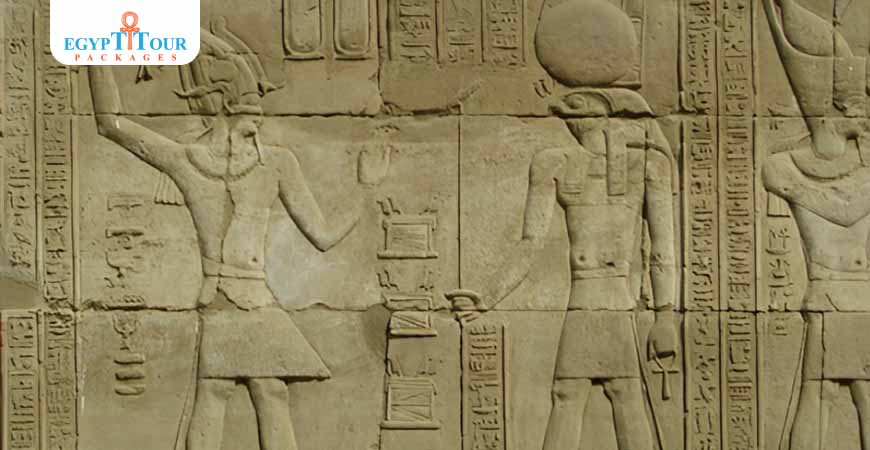

Asasif Tombs
Next to the Temple of Hatshepsut on the West Bank of Luxor, lies the The Asasif Tombs. It were built for dignitaries during the 25th and 26th Dynasties.
Asasif Egypt
The western bank of the Nile in Thebes includes the “Al-Assasif Cemetery”, where the charming atmosphere of the western mainland area and the tombs of the nobles are located. “Al-Assasif” is located in the dry bay, which leads to Deir el-Bahri to the south of the Dra’ Abu Al-Naga cemetery. The Assasif cemetery contains many tombs dating back to the 18th, 25th, and 26th Dynasties. These Pharaonic dynasties lived between the years 1550 and 525 BC. Historians have unanimously agreed that the name Al-Assasif, which was given to that region, is a recent local name, and has no connection to the Pharaonic history of the region.

South Asasif
The area includes more than 400 cemeteries, which have been photographed and indexed. The classification of these cemeteries in English terminology is symbolized by a number that always begins with the abbreviation TT, followed by the cemetery number, and the two letters are an abbreviation for the words Theban Tomb, meaning a Theban cemetery, on the land of Thebes, the ancient capital. It is common. In the cemeteries of that region, during successive archaeological discoveries throughout history, there were pottery pieces and funerary cones that were placed at the entrance to the cemetery’s precincts. In some dynasties of the New Kingdom, the titles and name of the owner of the cemetery were written on them.

Al Asasif
The tombs contain a religious inscription of the pilgrimage to the Temple of Abydos. Drawings of the daily life of the ancient Egyptians and the Pharaohs in agriculture and hunting, whether catching birds or fish from the lake. Pharaonic inscriptions depicting family celebrations, listening to music, and dancing.

Tomb of Asasif
More than 30 colorful Pharaonic coffins with a mummy inside were discovered in the heart of Mount Qurna in the Asasif cemetery on the western mainland of Luxor on October 2019 AD. All the coffins are colored and retain their colors and decorations until now, including a group whose Pharaonic decorations are not complete. All the Pharaonic coffins were opened and it was discovered that they were of priests and priestesses, in addition to children, to worship the god Amun and Khonsu. The age of the coffins dates back to 3000 years BC. The mummy was kept inside each coffin, then 12 coffins were assembled on the first level, then 18 coffins on the second level on top of each other, then the workers buried them inside their own tombs. The discovery was made by the Egyptian mission excavating the archaeological area. Each coffin has a text in the ancient Egyptian language bearing the name of the owner of the coffin and his job. Many archaeologists believe that the period of the spread of tomb thieves is the period that made the ancient Egyptians make coffins as a tomb to protect the mummy from theft. All the coffins are currently being restored until they are fully displayed in the grand Egyptian Museum, one of Cairo’s distinctive tourist attractions.
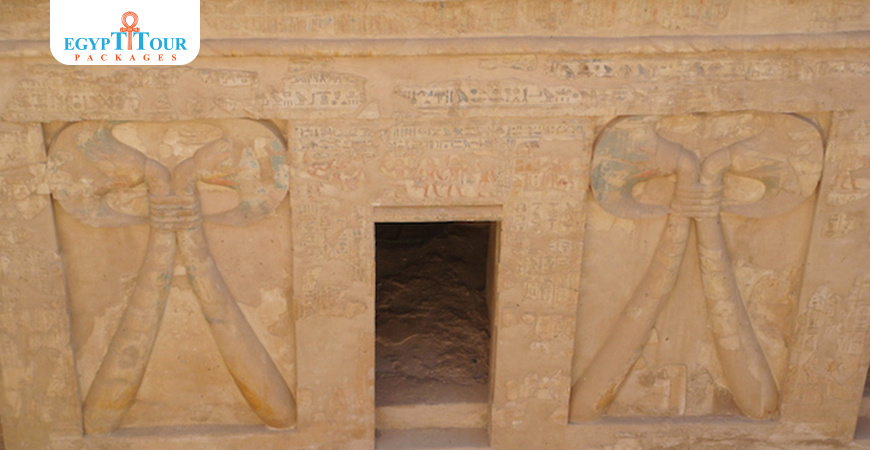
El Asasif
The most famous tombs of Al-Assasif:
1-Tomb of Pabasa (TT279)
Pabasa, who was also called Pabes, has a large tomb at Asasif, just outside the entrance to Hatshepsut’s temple at Deir el-Bahri. Like Ankh-hor, who held this important title after him, he was the ‘Chief Steward of the God’s Wife Nitocris’ (Neitiqert) during the reign of Saite king Psamtek I. Pabasa’s tomb still has a large mudbrick superstructure. A steep flight of stairs leads down to the entrance of the subterranean levels and on the lintel above the doorway is a fine relief of a barque, adored by the souls of Pe and Nekhen, by the God’s Wife, Nitocris and by the deceased. A small vestibule leads to a larger pillared sun court. The vestibule shows scenes of Pabasa’s funeral procession, including mourners and the ‘Abydos Pilgrimage’. There is a long text of Pabasa and depictions of his son, Thahorpakhepesh, who acted as sem-priest at his father’s funeral. On the inner lintel of the entrance to the court, a relief shows Osiris and Re-Horakhty, in the centre of a double-scene, with Pabasa and Nitocris and cartouches of the king (Psamtek I) and his daughter Nitocris on either side.
Entrance:
The tomb of Pabasa at el-Asasif is open from 6.00am to 4.00pm in winter.

Thebes Assasif
2-Tomb of Ankh-hor (TT414)
Ankh-hor was ‘Steward of the Divine Votress Nitocris’, ‘Great Mayor of
Memphis was one of the oldest and most important cities in ancient Egypt, located at the entrance to the Nile River Valley near the Giza plateau. Memphis
’, ‘Overseer of Upper Egypt in Thebes’ and ‘Overseer of the Priests of Amun’ during the reigns of Psamtek II and Apries (Wahibre) of Dynasty XXVI. His tomb is one of a series of large tombs in the Asasif area built at the end of the Third Intermediate Period for high officials in the estates of the Gods Wives of Amun. The great importance of the Gods Wives during this time is clearly reflected in the size of the tombs of their chief administrators, that of Ankh-hor being no exception. As Chief Steward of Nitocris, he would have been one of the most important and wealthiest men in Egypt. The most interesting part of the tomb to be seen today is the next chamber, a sun court which was constructed around an open space with pillars on the northern and eastern side. In front of the pillars on the eastern side an offering table remains in situ. In this court there are some of the finest reliefs of the period.
Entrance:
The tombs of Kheruef and Ankh-hor at el-Asasif are open from 6.00am to 4.00pm in winter.

Tombs of the south Asasif necropolis
3-Montuemhet Tomb TT34 - Asasif, Montuemhet – 4th Prophet of Amun, Mayor of Thebes, Governor of Upper Egypt, Builder of Temples at Thebes, Hereditary Chief, Royal Sealer, Chiefly Companion, Scribe of the Temple of Amun, Interpreter of the Prophets in the Temple. Period: King Taharqa and Psamtek I – Saite. 25th–26th Dynasty.This is an amazing tomb; said to be the second largest of the Asasif. The tomb is open at the top. The colours of the limestone and reliefs are wonderful, probably the best in the area. I have been told that there are over 300 metres of passages inside. For me personally, it is one of two of my favorite tombs at the Asasif, certainly one of the largest and finest to look down on from ground level.

Thebes Asasif
Tomb of Kheruef (TT192)
Kheruef, also called Senaa, was ‘Steward of the Great Royal Wife, Tiye’, ‘Royal Scribe’ and ‘First Royal Herald’ during the reign of Amenhotep III and Amenhotep IV. His tomb is found in the area of Asasif, to the south of Deir el-Bahri. The tomb complex is very large, as befits a man in his exalted position, but was unfinished at the time of his death (he was never buried in the tomb) and most of the inner rooms of the structure are closed off. Kheruef’s tomb is entered down a staircase and passage which leads to a large open court leading to several other later tombs.At the entrance to the passage a double-scene on the lintel depicts Amenhotep IV (later Akhenaten) with his mother Tiye offering to deities and includes offering texts with a cartouche of Tiye at the bottom. The scenes in the passage are very damaged but can just about be recognised as Amenhotep IV adoring his deified parents (on the left), with Kheruef kneeling below. Representations of Amenhotep IV were defaced, presumably after the
Tell El Amarna, also known as Amarna or Akhetaten, is an archaeological site in Egypt that holds great historical and cultural significance. Amarna
period, even though work on the tomb had ceased before he had become Akhenaten. Perhaps Kheruef was buried at
Tell El Amarna, also known as Amarna or Akhetaten, is an archaeological site in Egypt that holds great historical and cultural significance. Amarna
. As a steward of Queen Tiye, he may later also have been part of Akhenaten’s court, but we shall probably never know.

El Assasif Cache
How to get to Assasif Cemetery
Just a short 1 hour flight from Cairo or the night sleeper train from Cairo (approximately 10 hours) down to Luxor in Upper Egypt. It is also accessible from
Hurghada is a popular beach destination in Egypt, located along the Red Sea coast. It is well-known for its scuba diving opportunities. Hurghada
by flight (30 minutes) or by road in roughly 4 hours. Options from Aswan by road (3 hours), or Nile cruise over a few days sailing.It can be visited while visiting the Temple of Hatshepsut.

Post A Comment
Your Email Address Will Not Be Published.


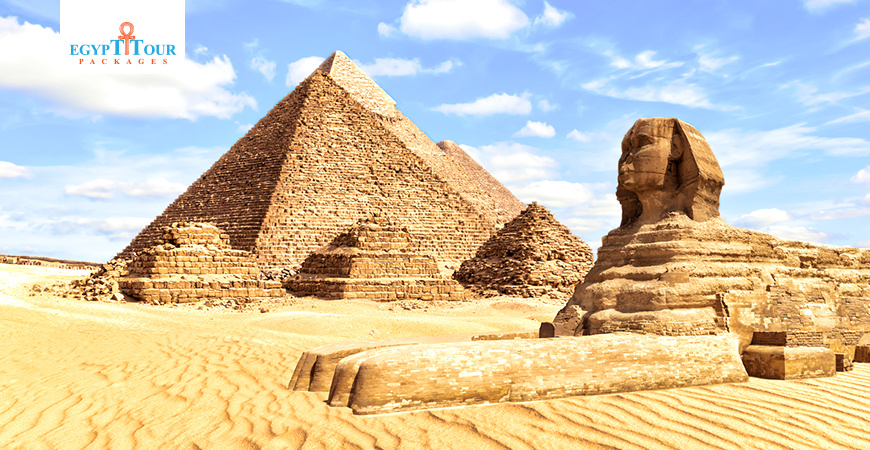
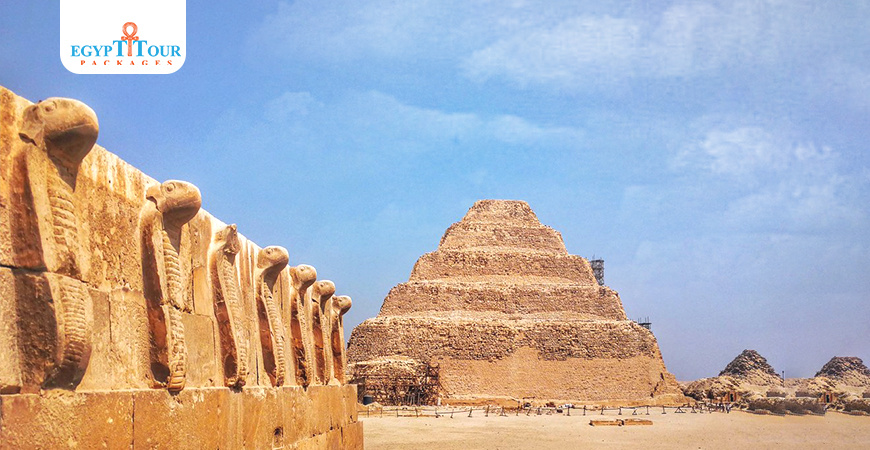







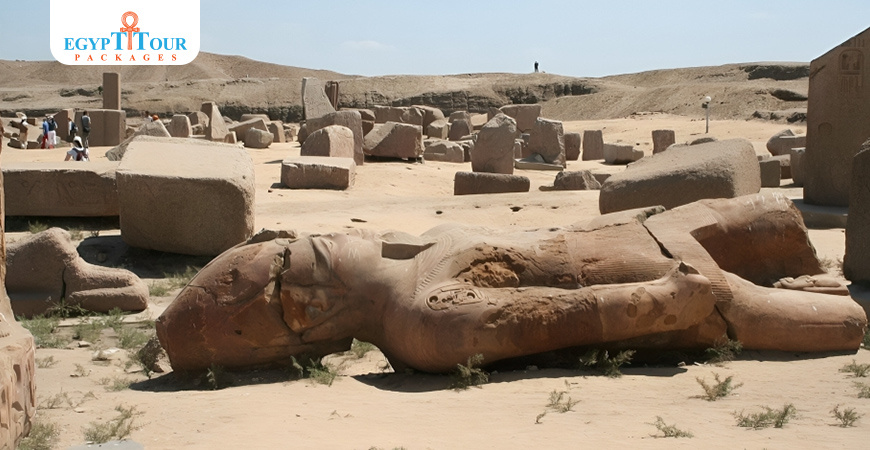

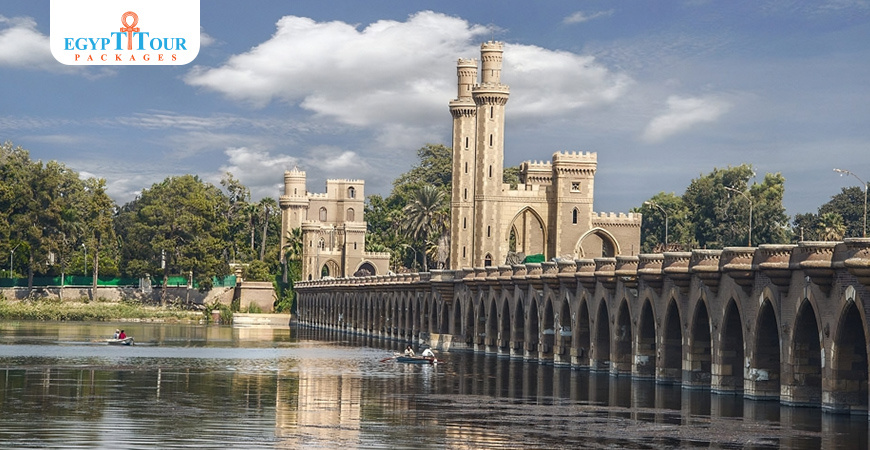



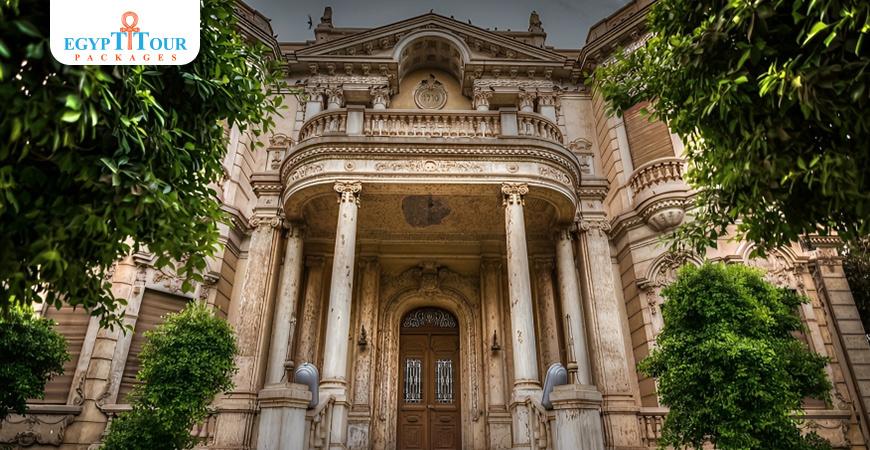
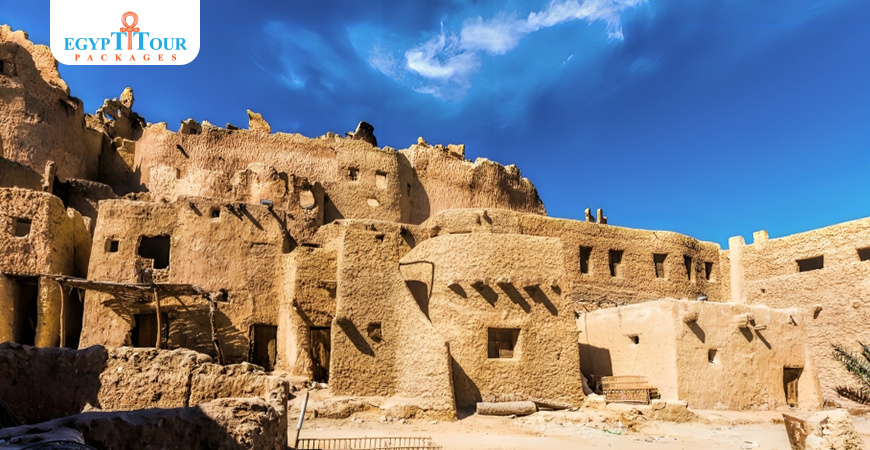
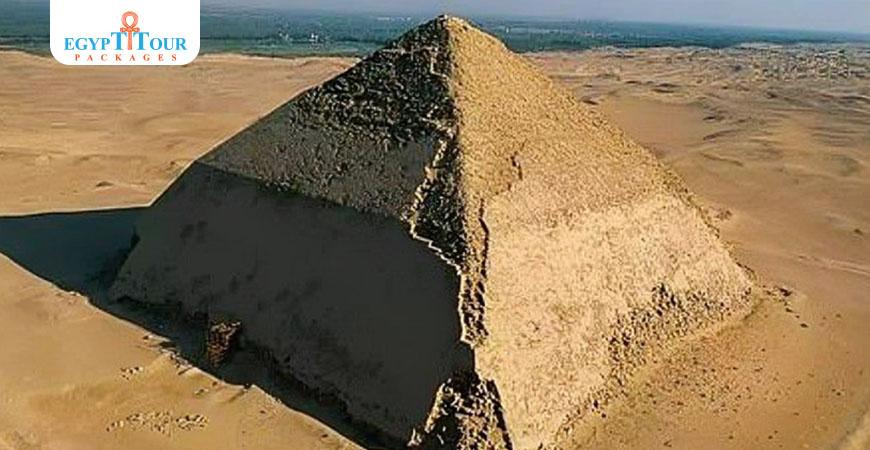
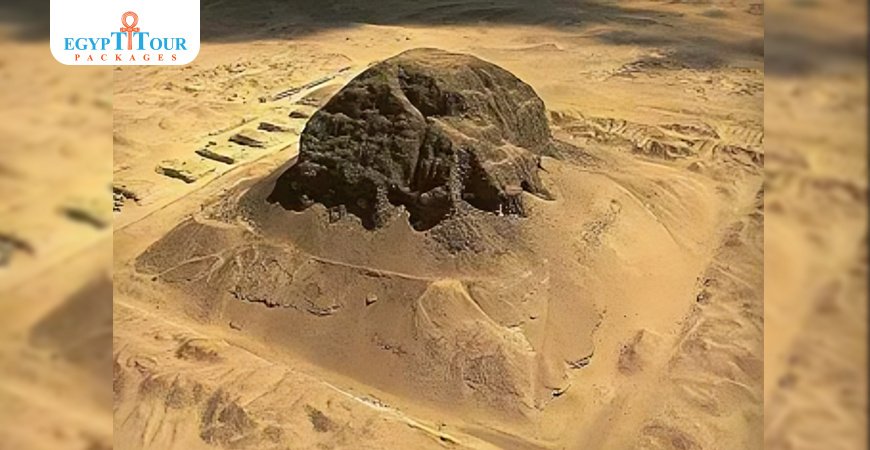
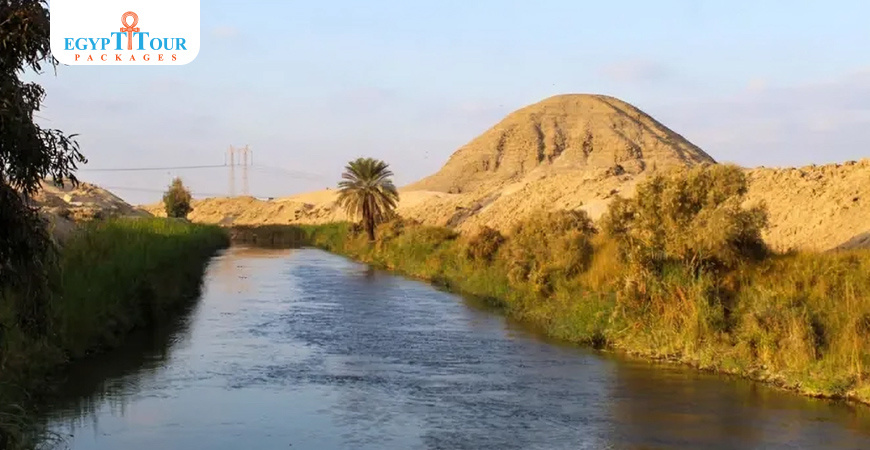
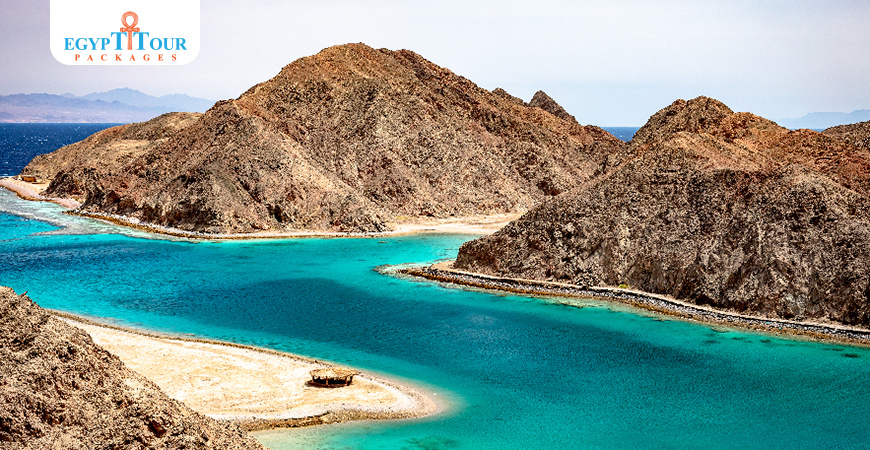

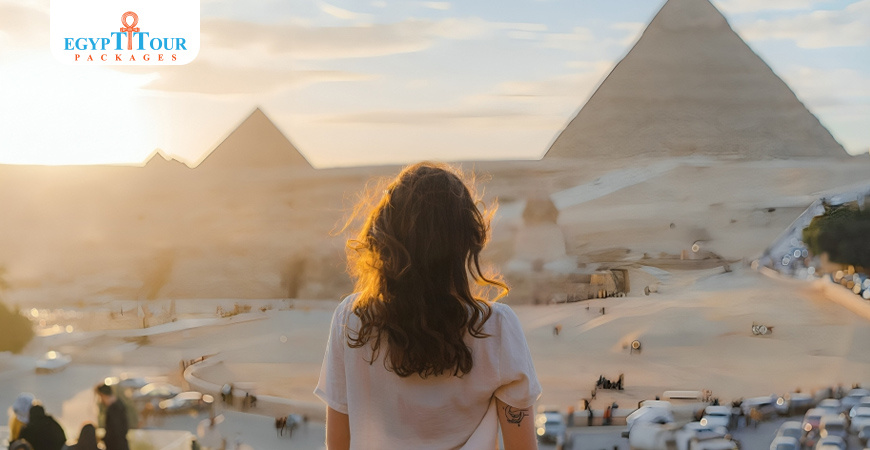
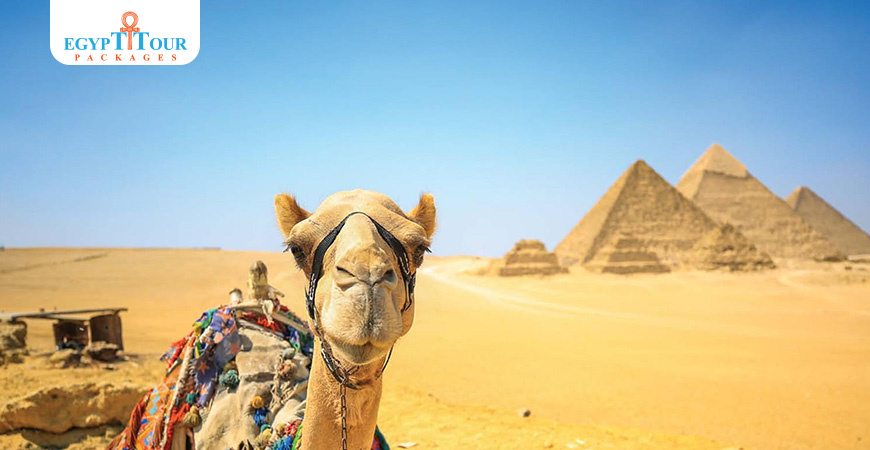











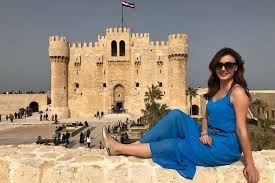
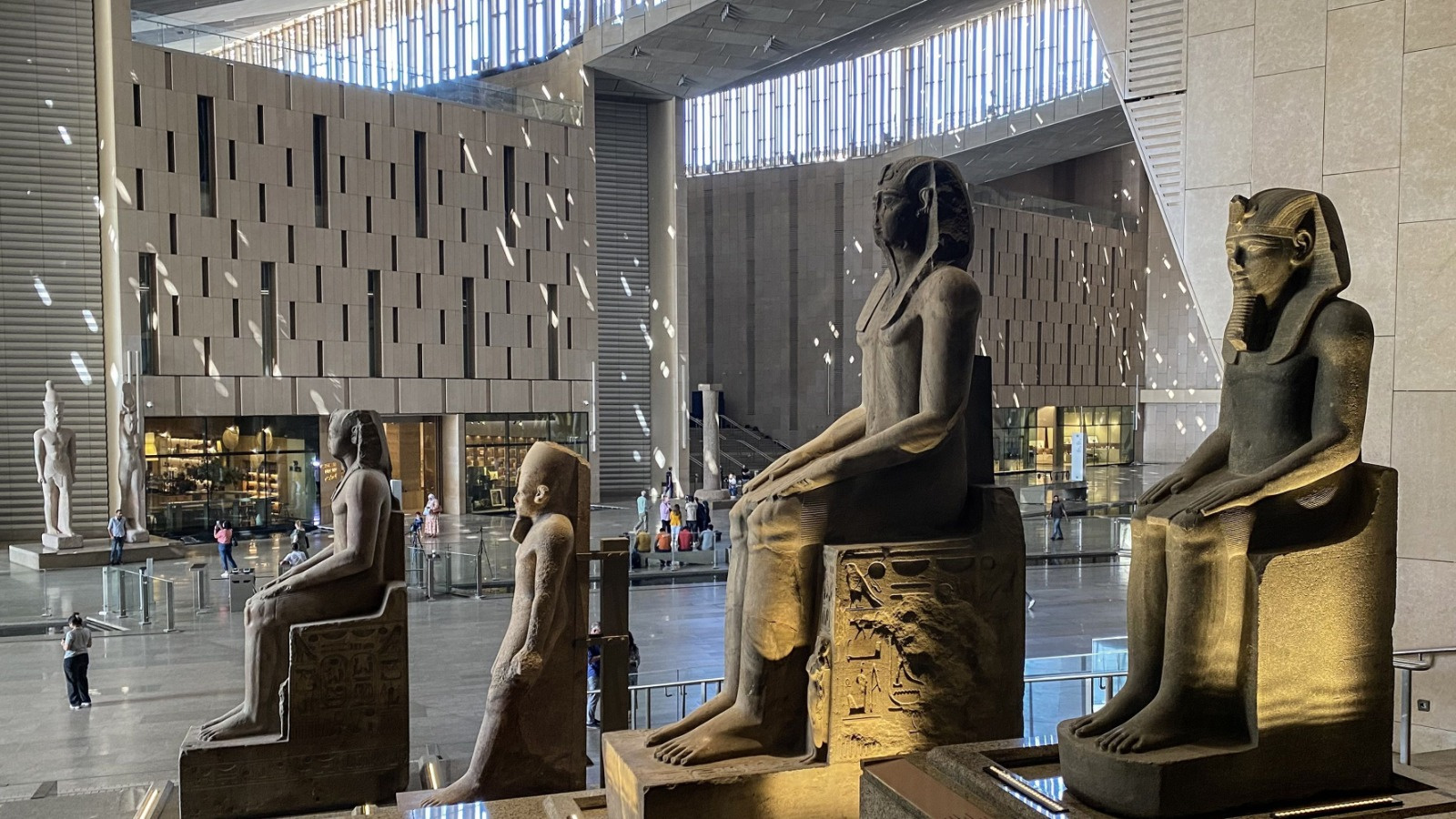
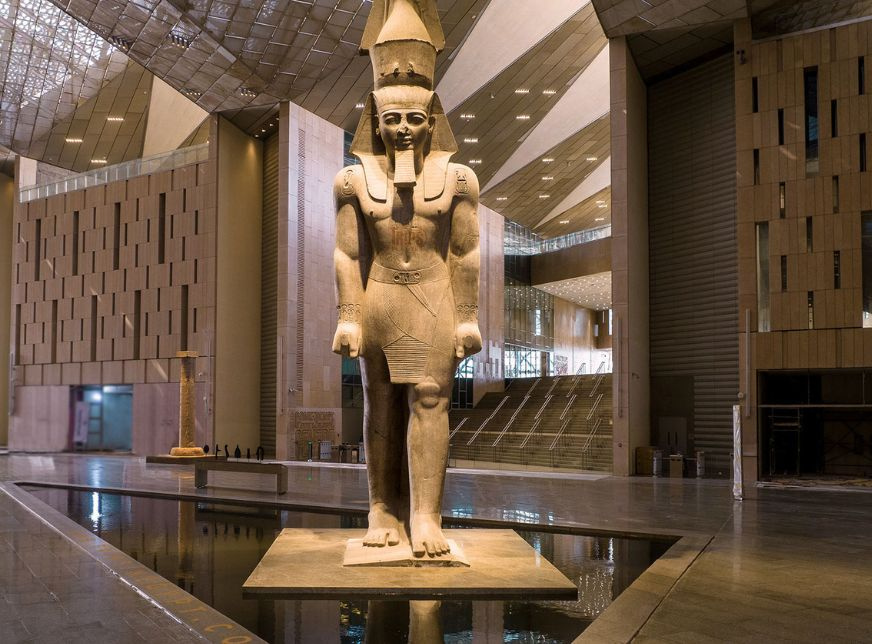
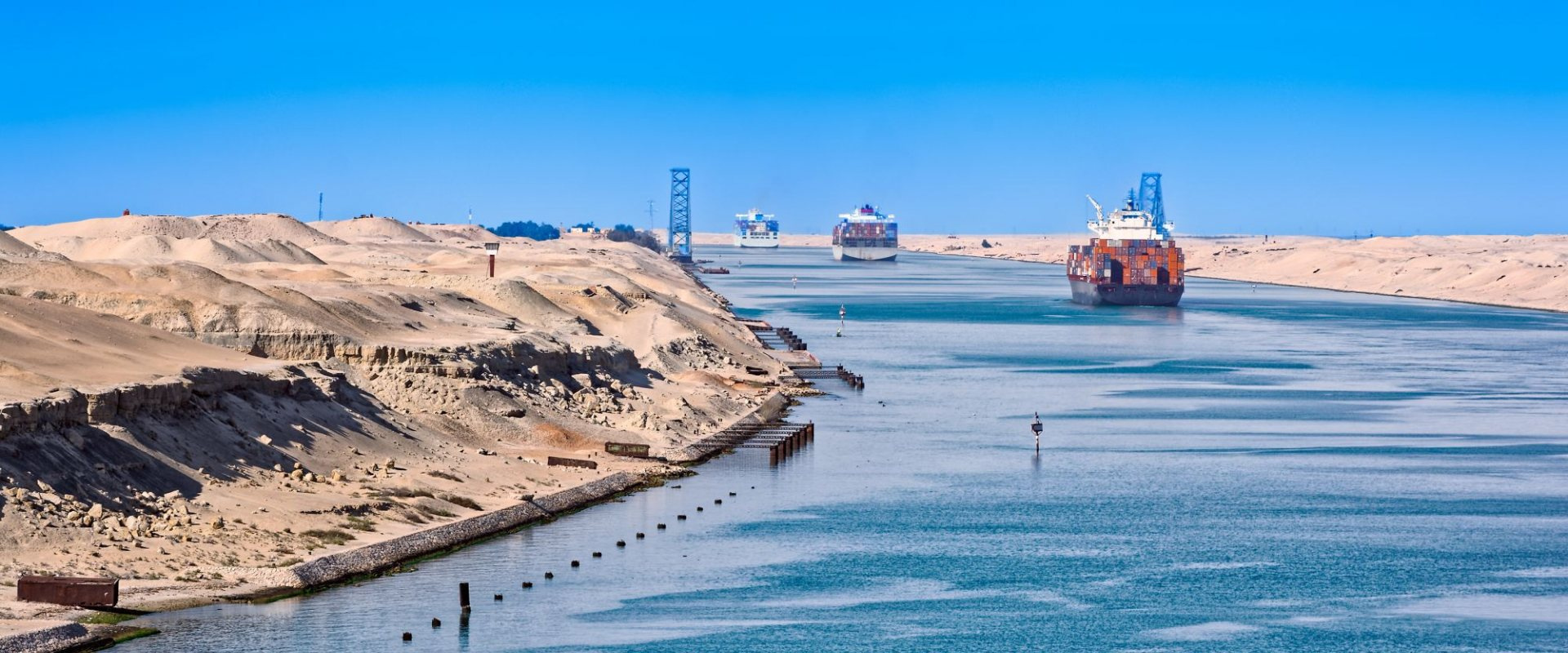


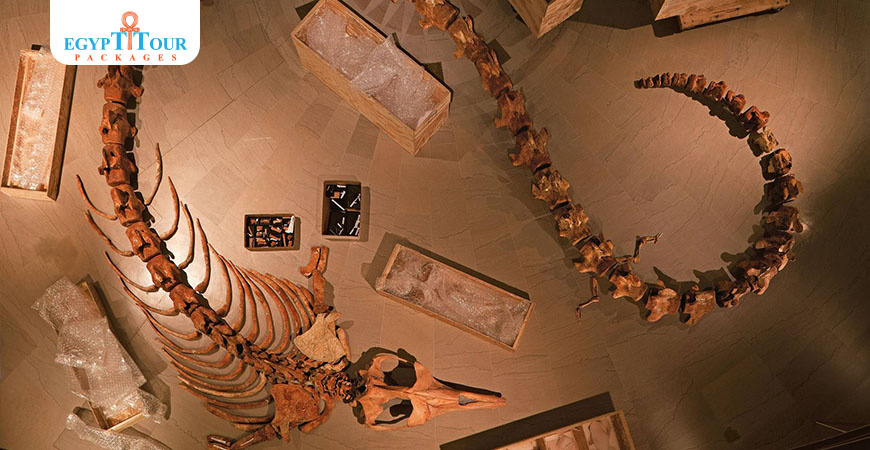
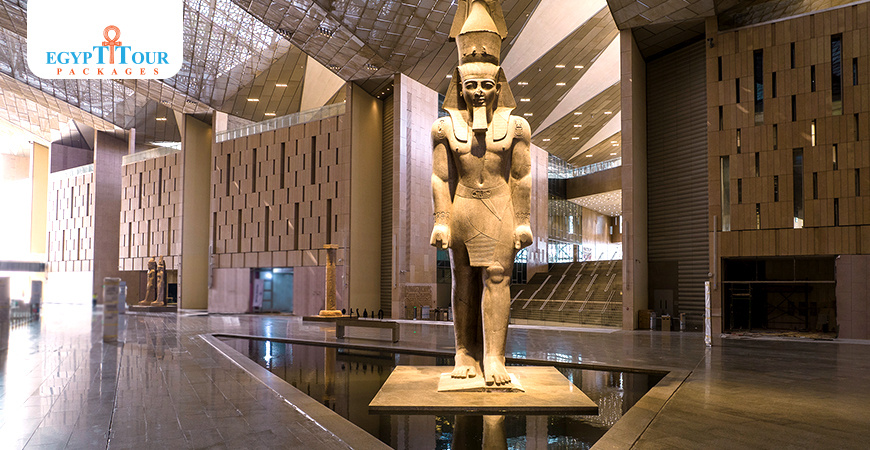

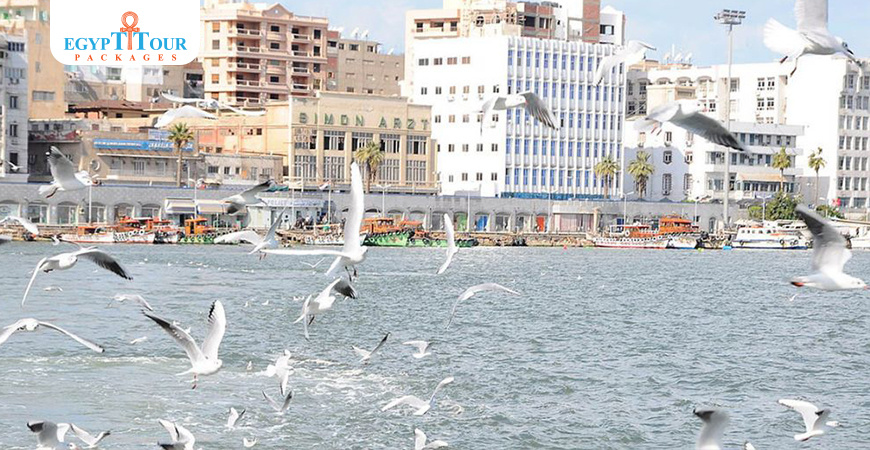
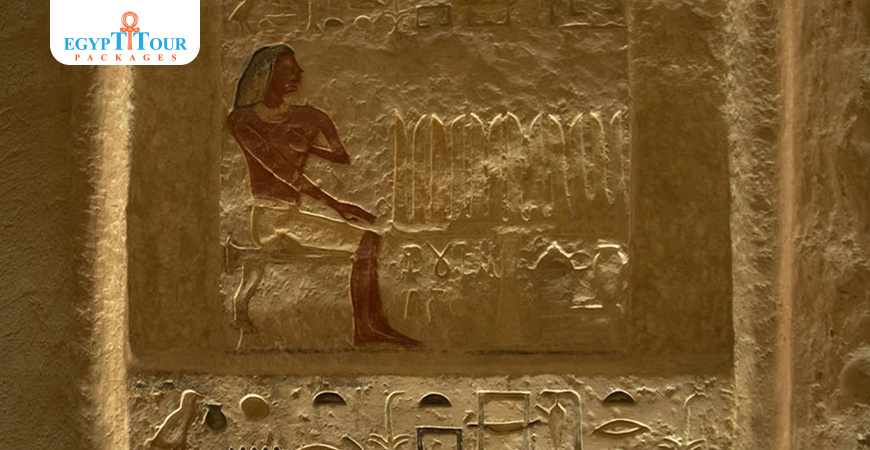
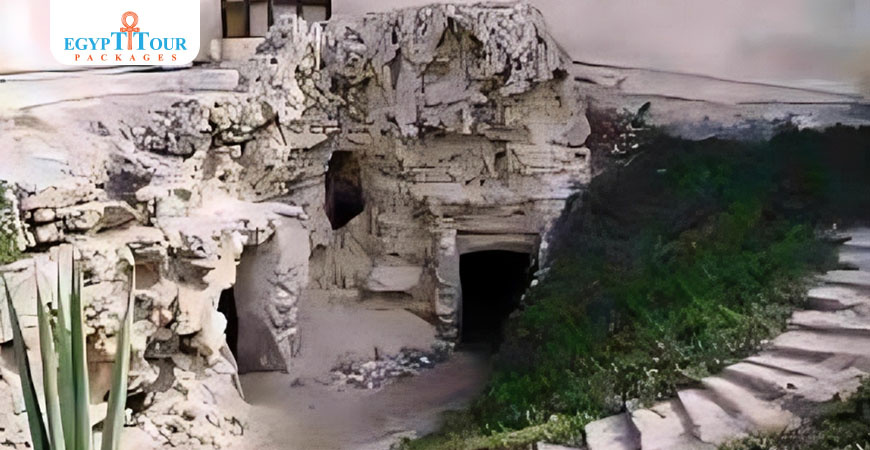
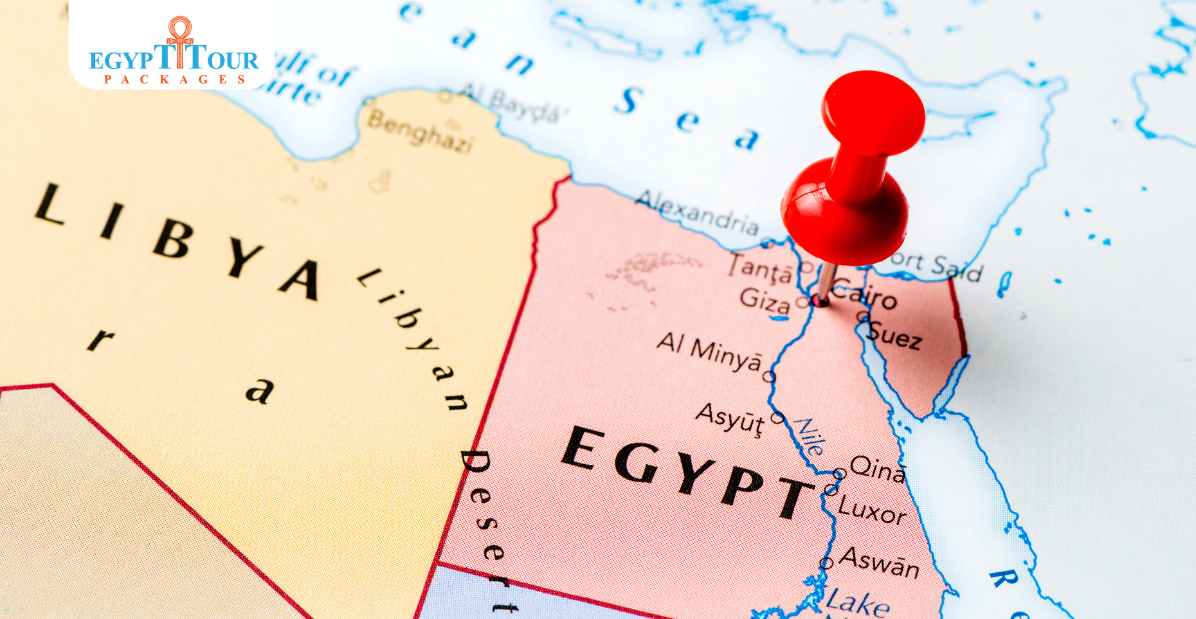
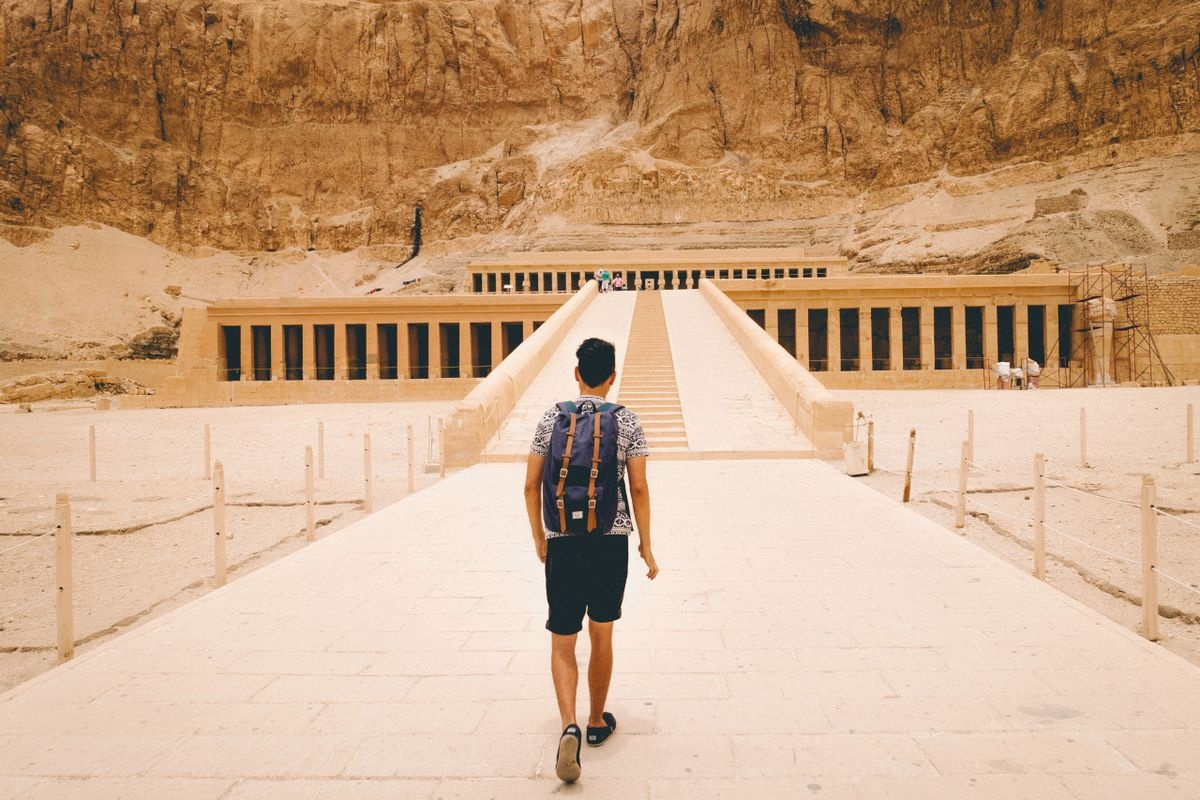
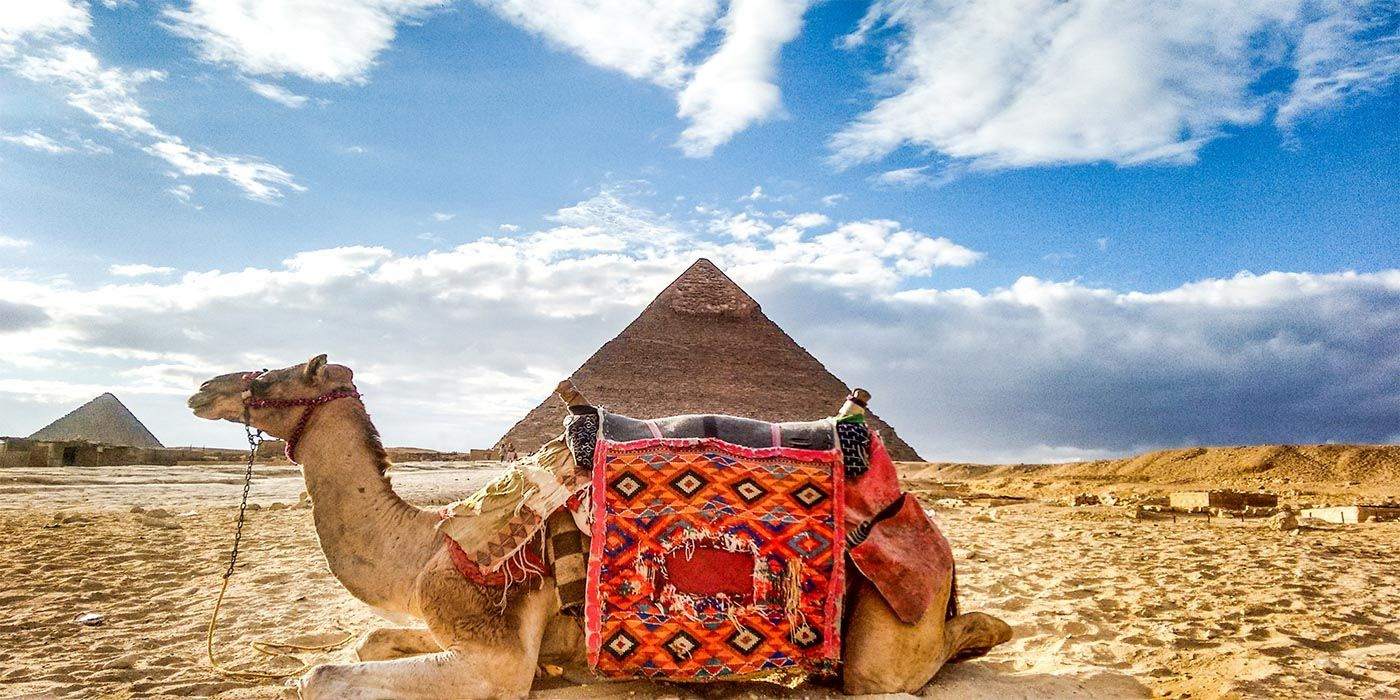

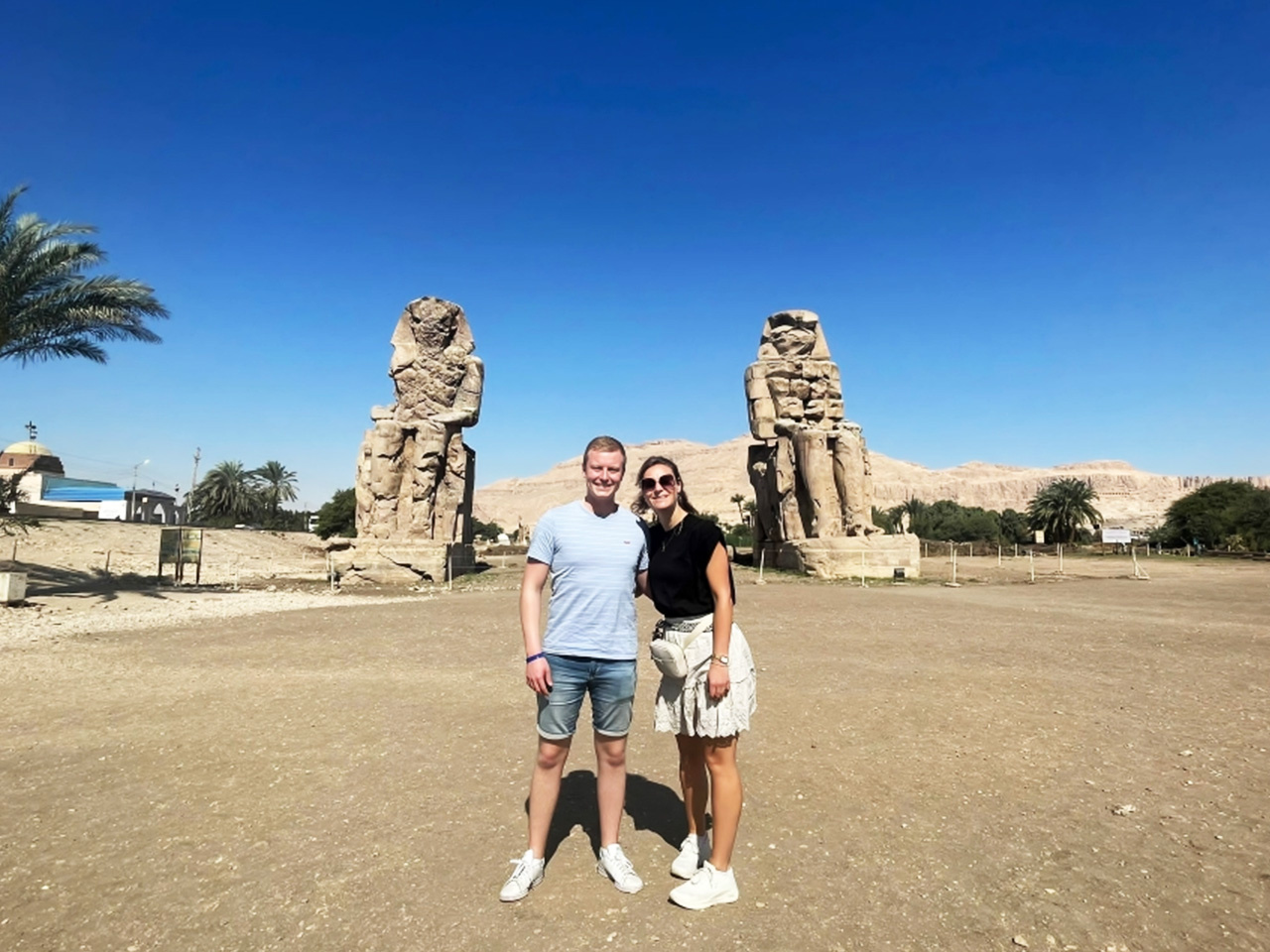

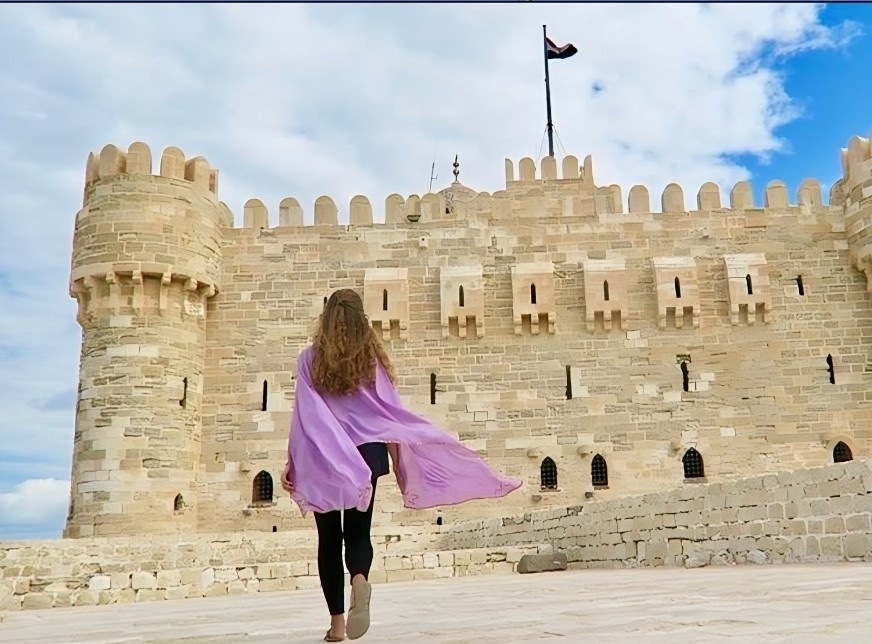
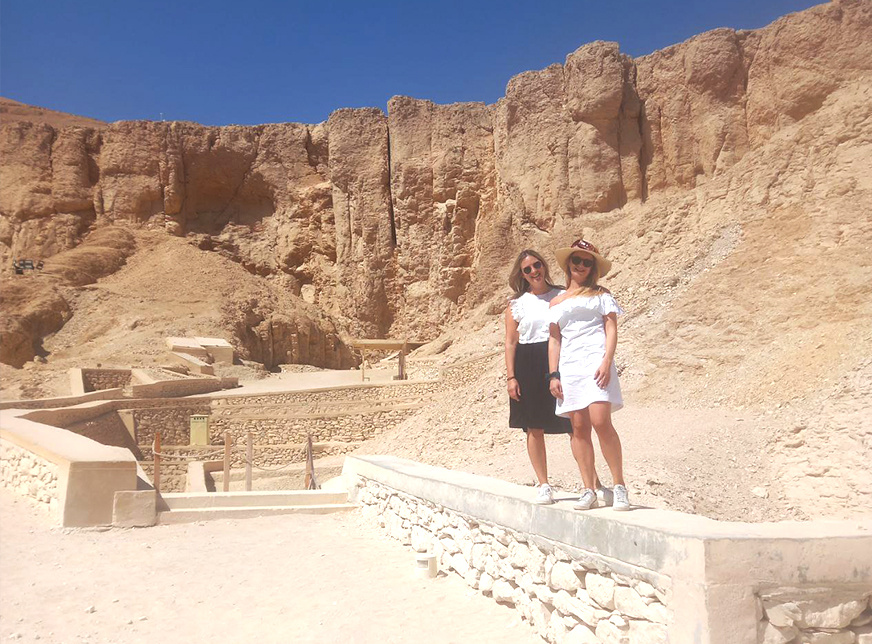
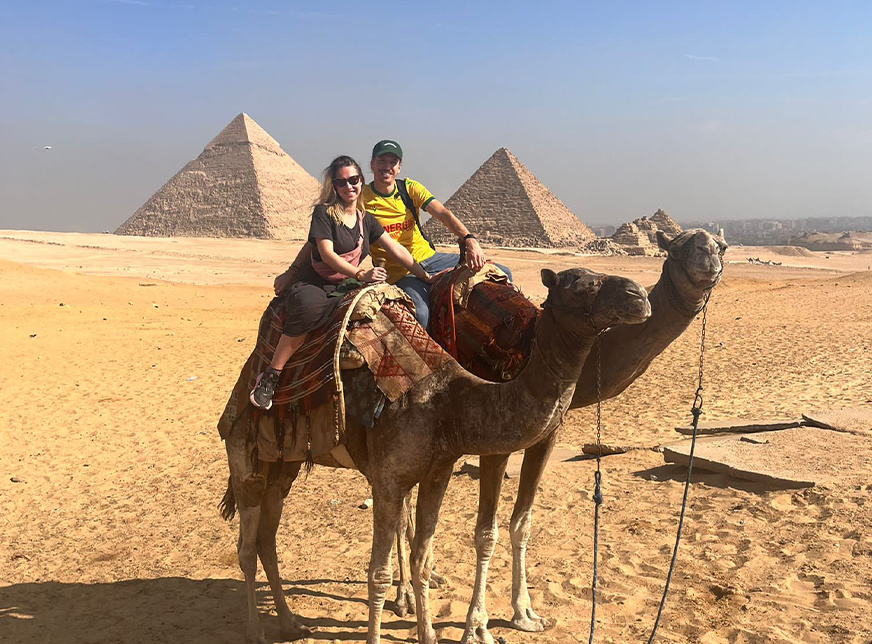
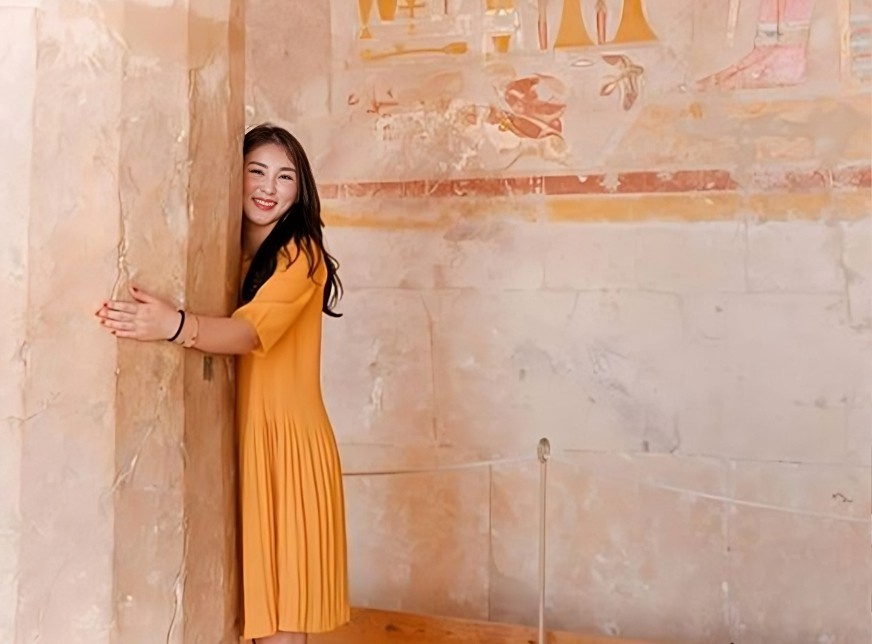








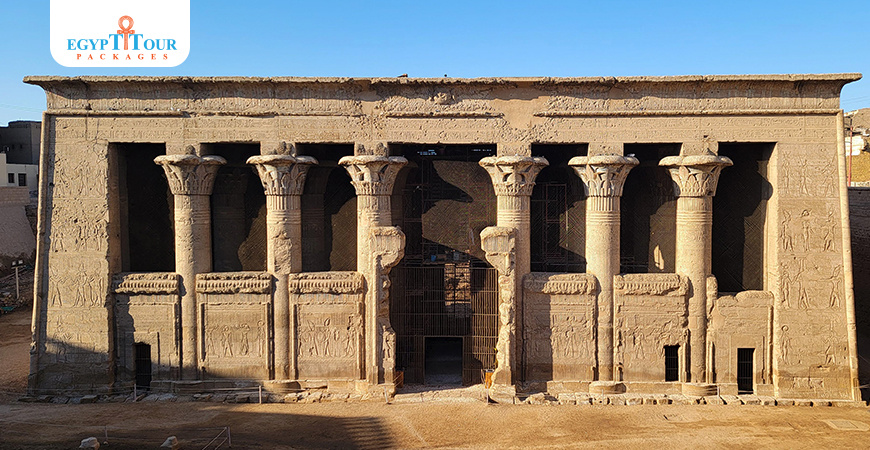
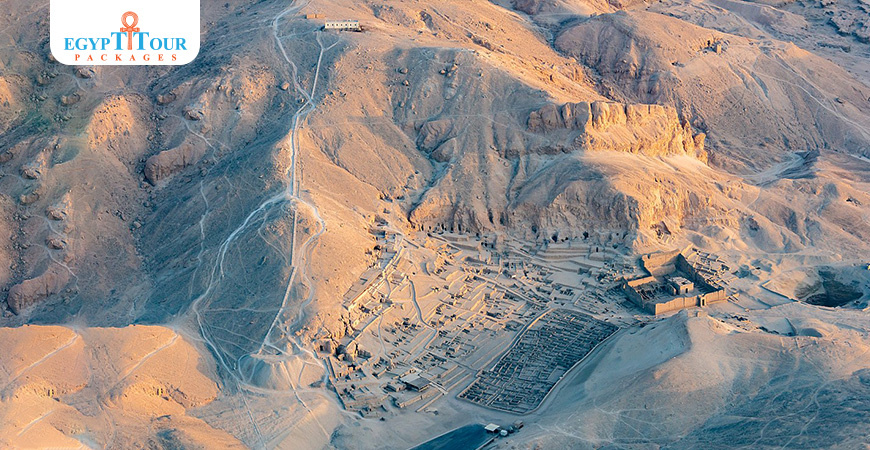
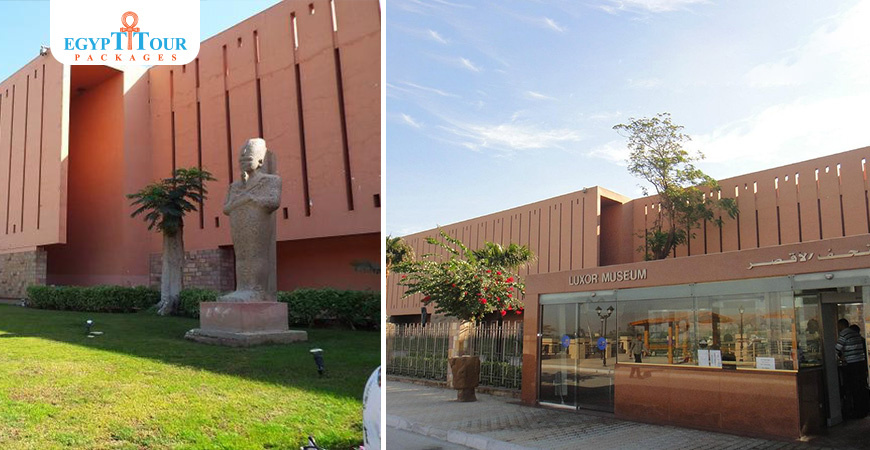

0 Comments